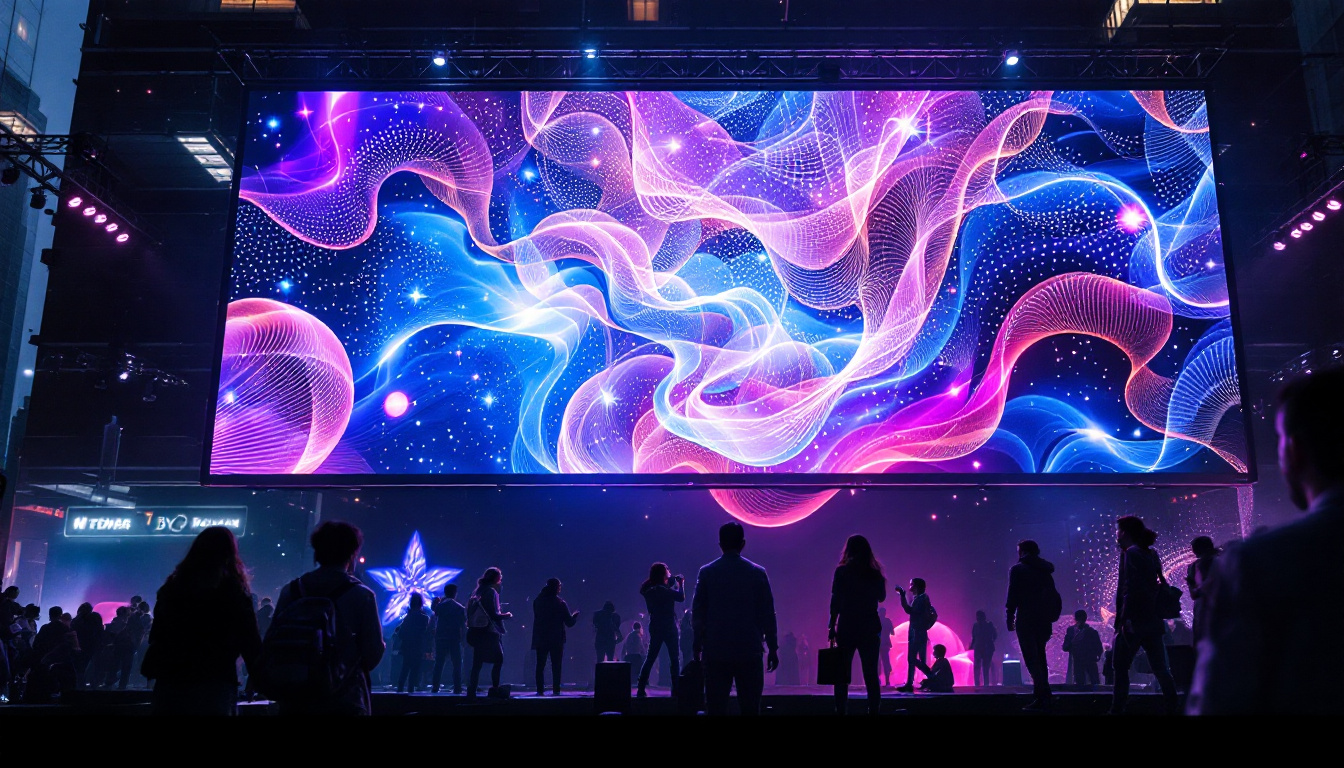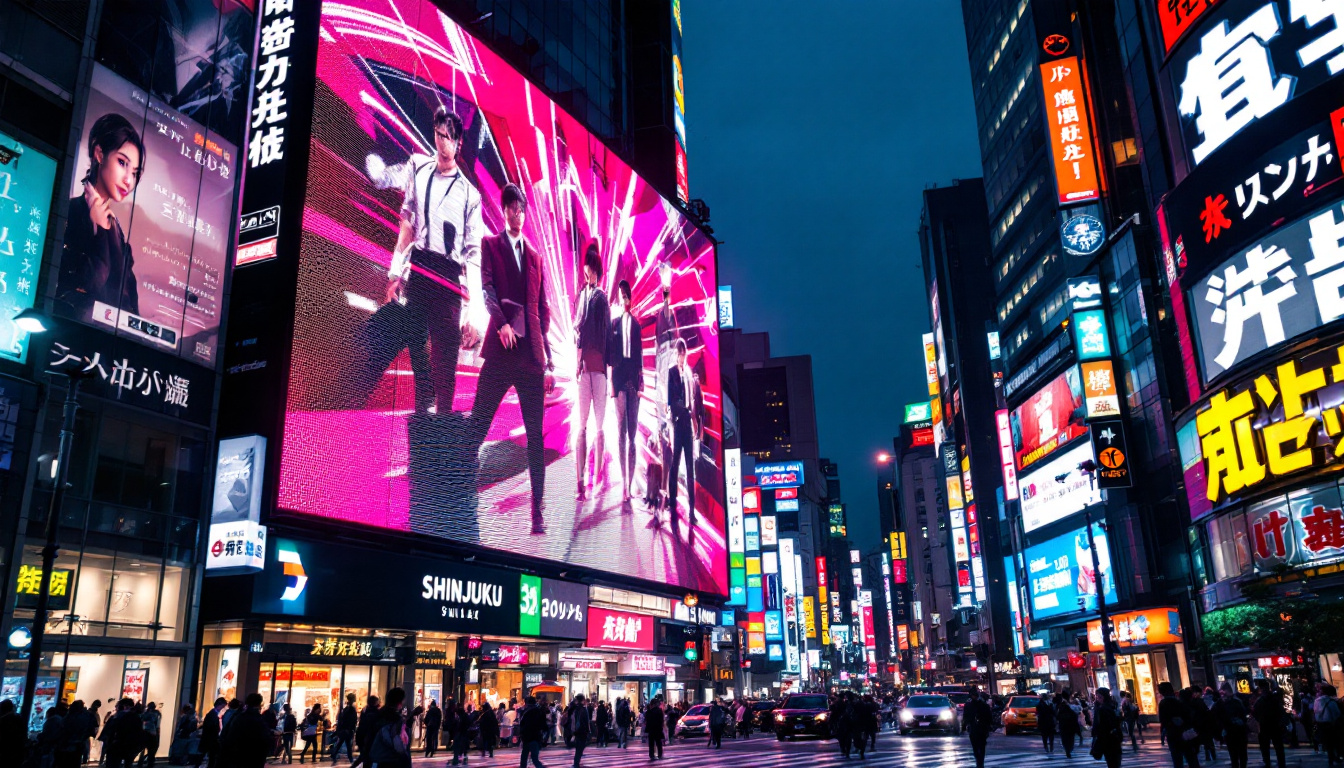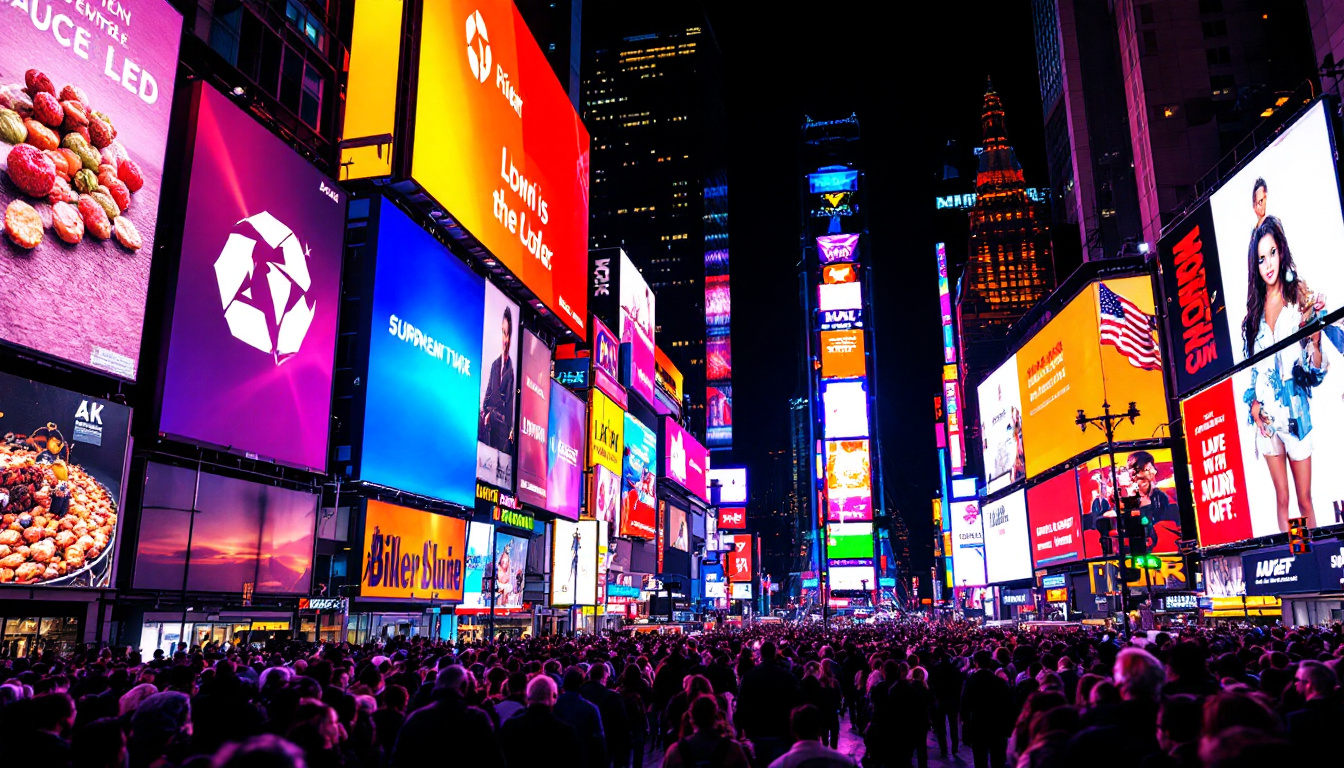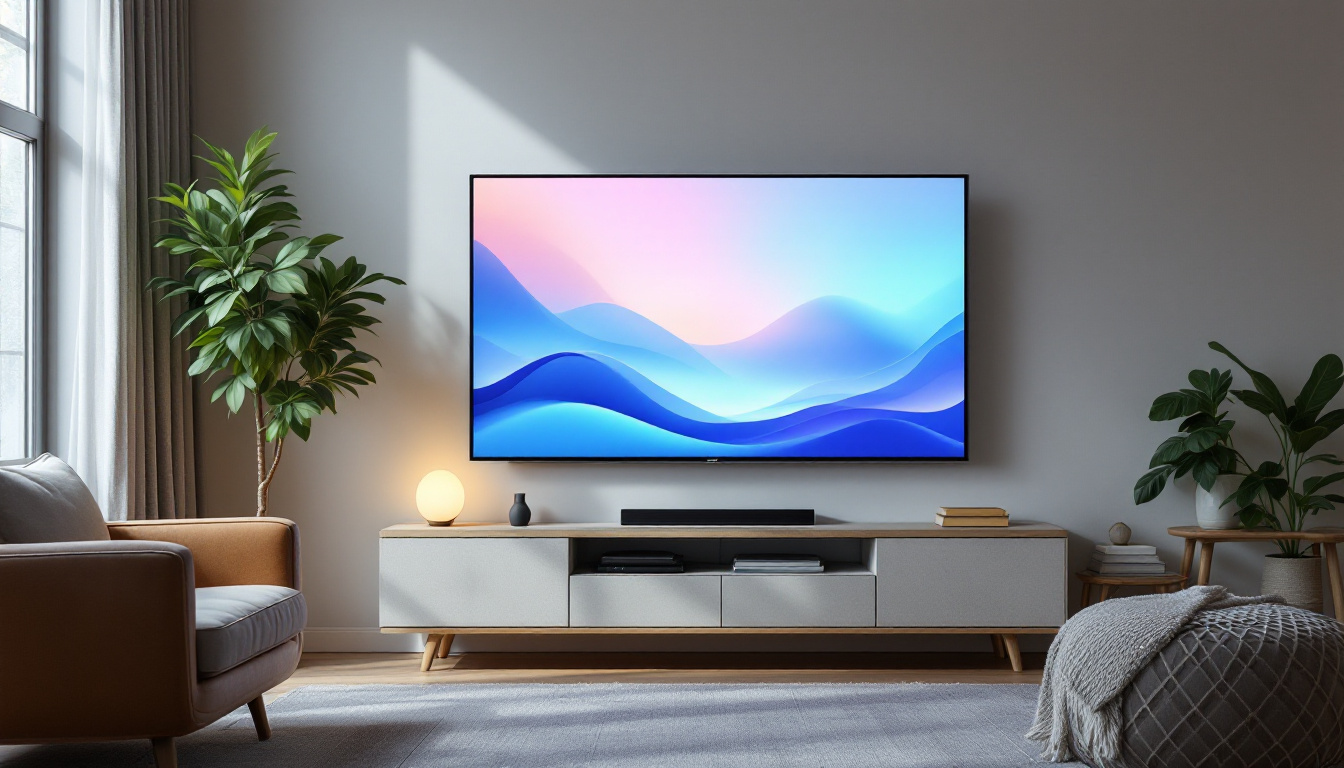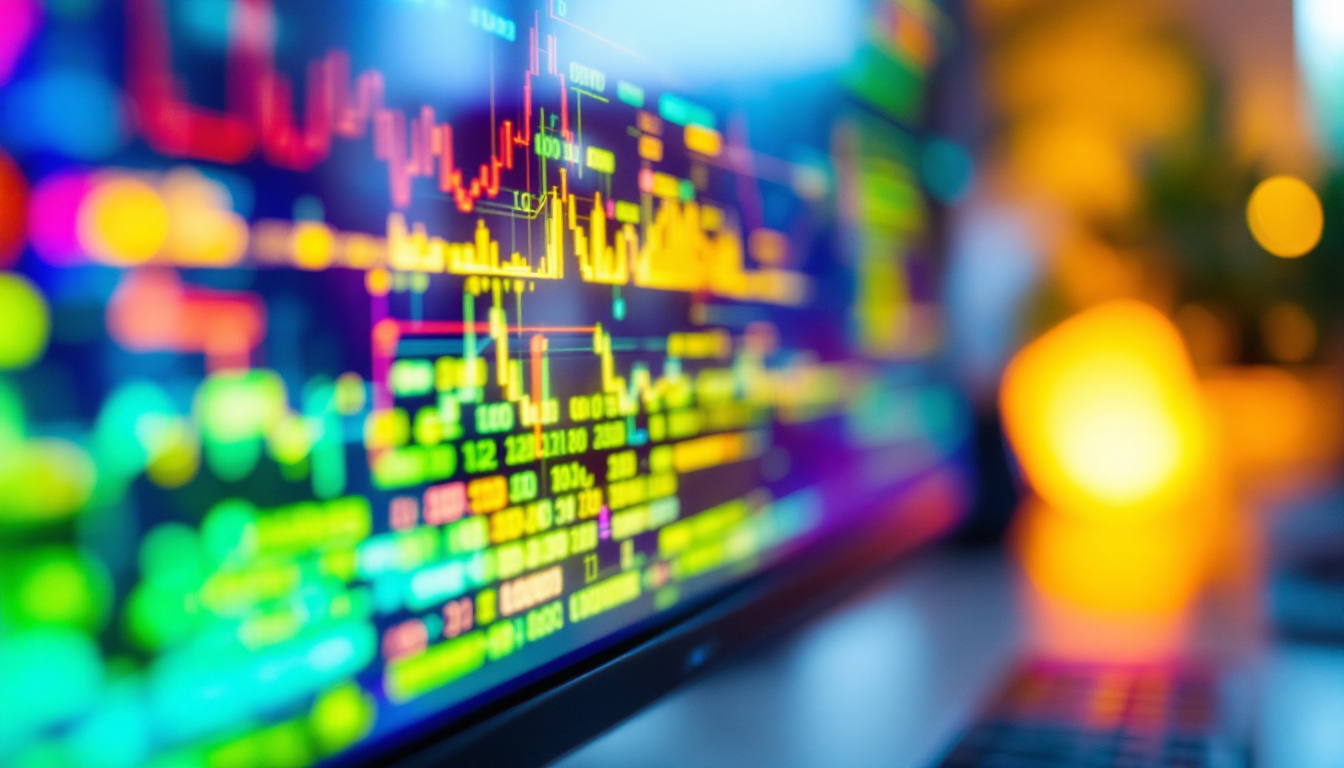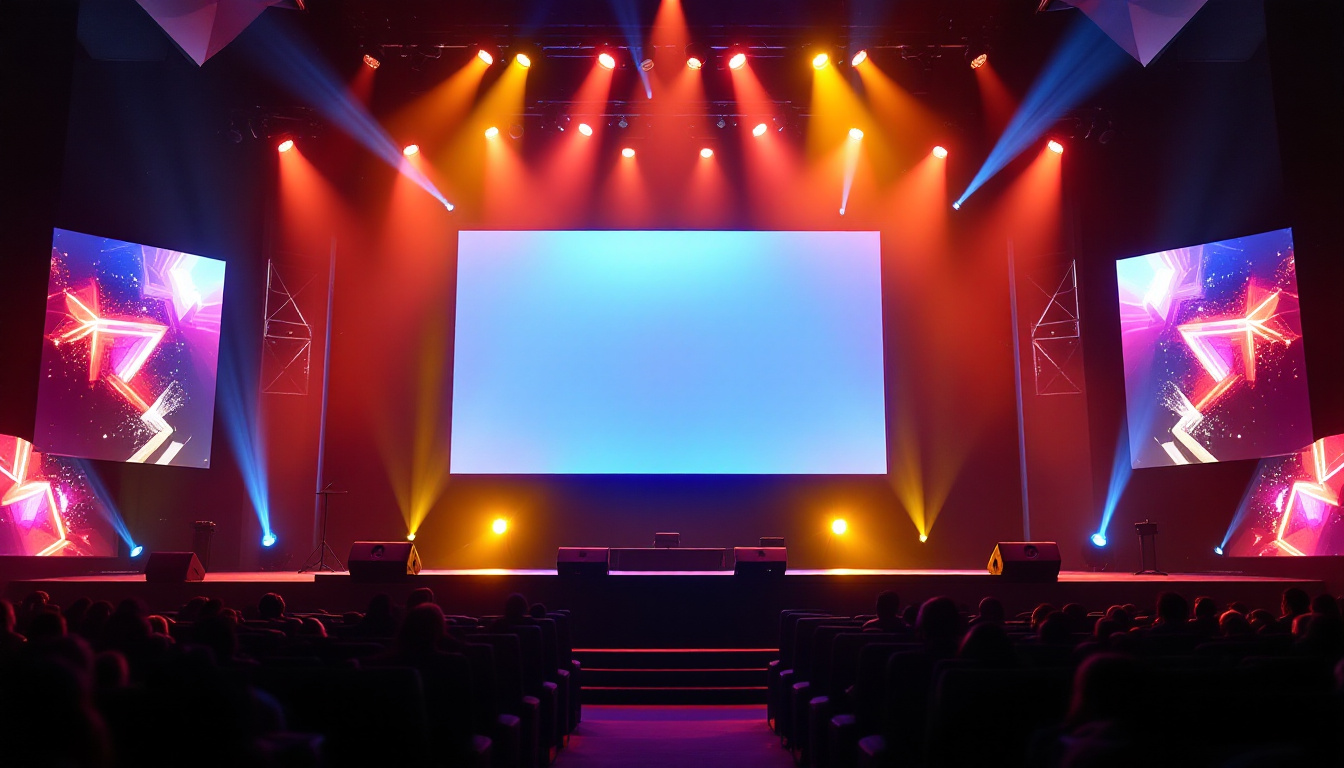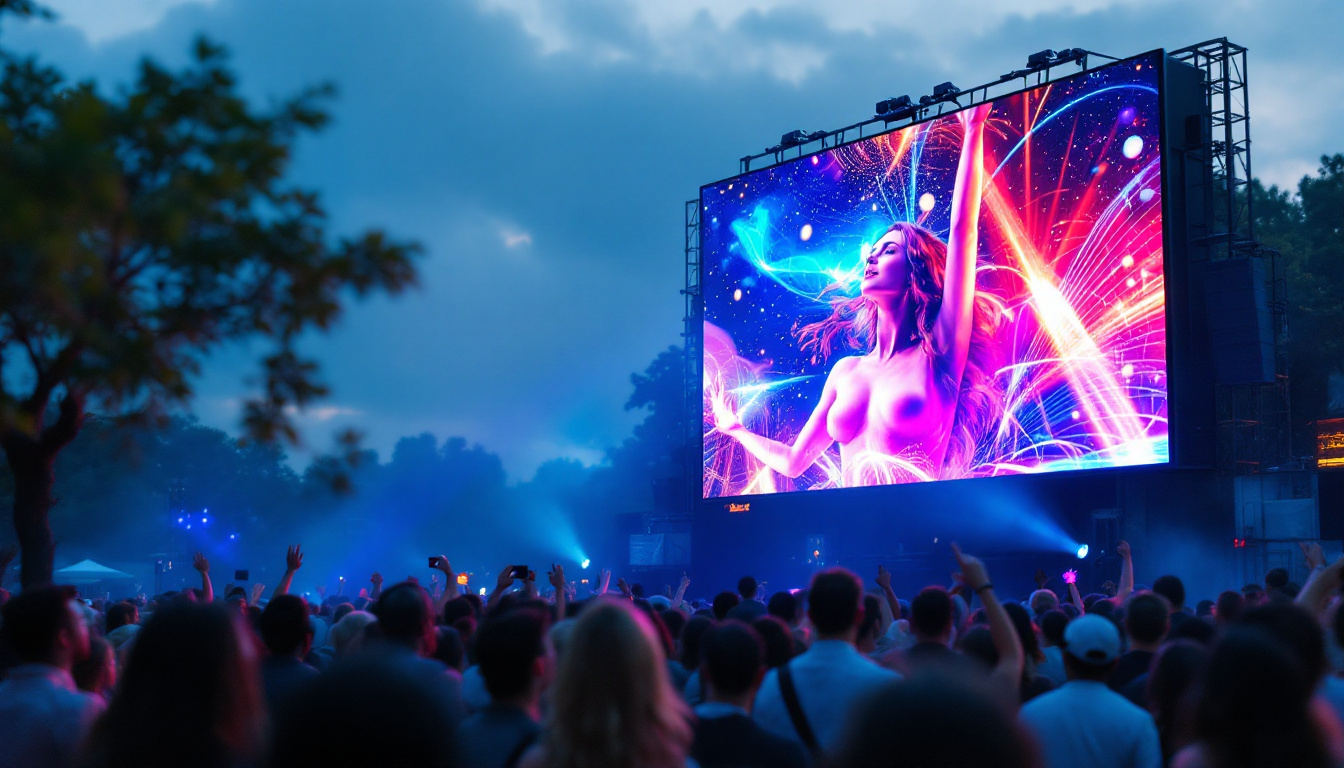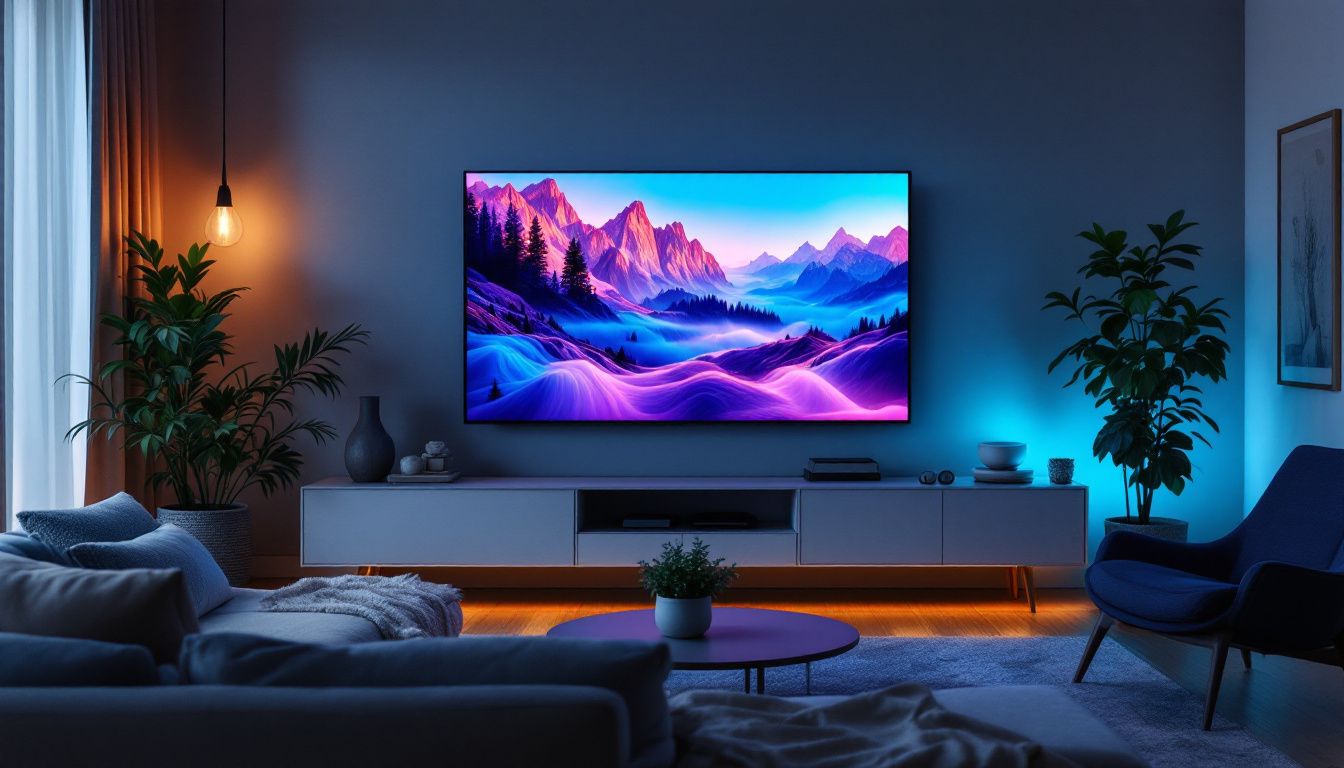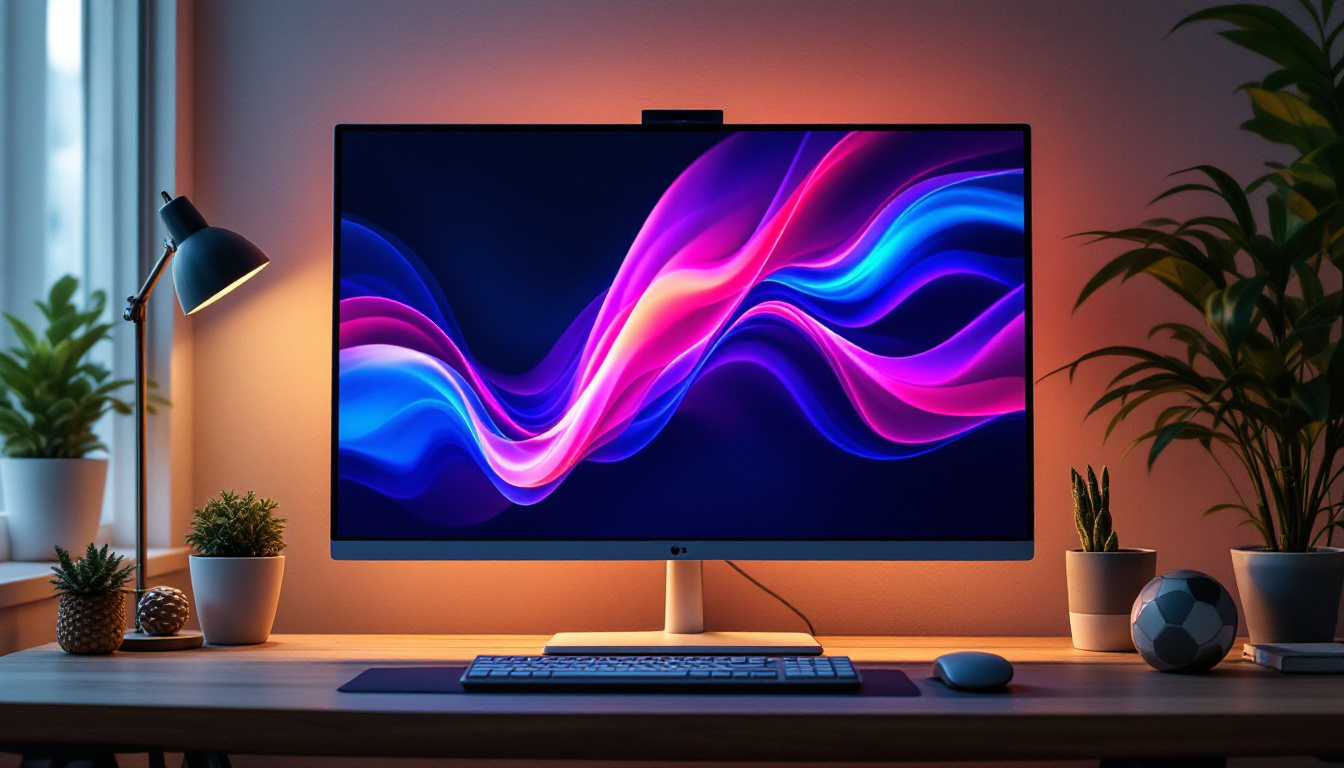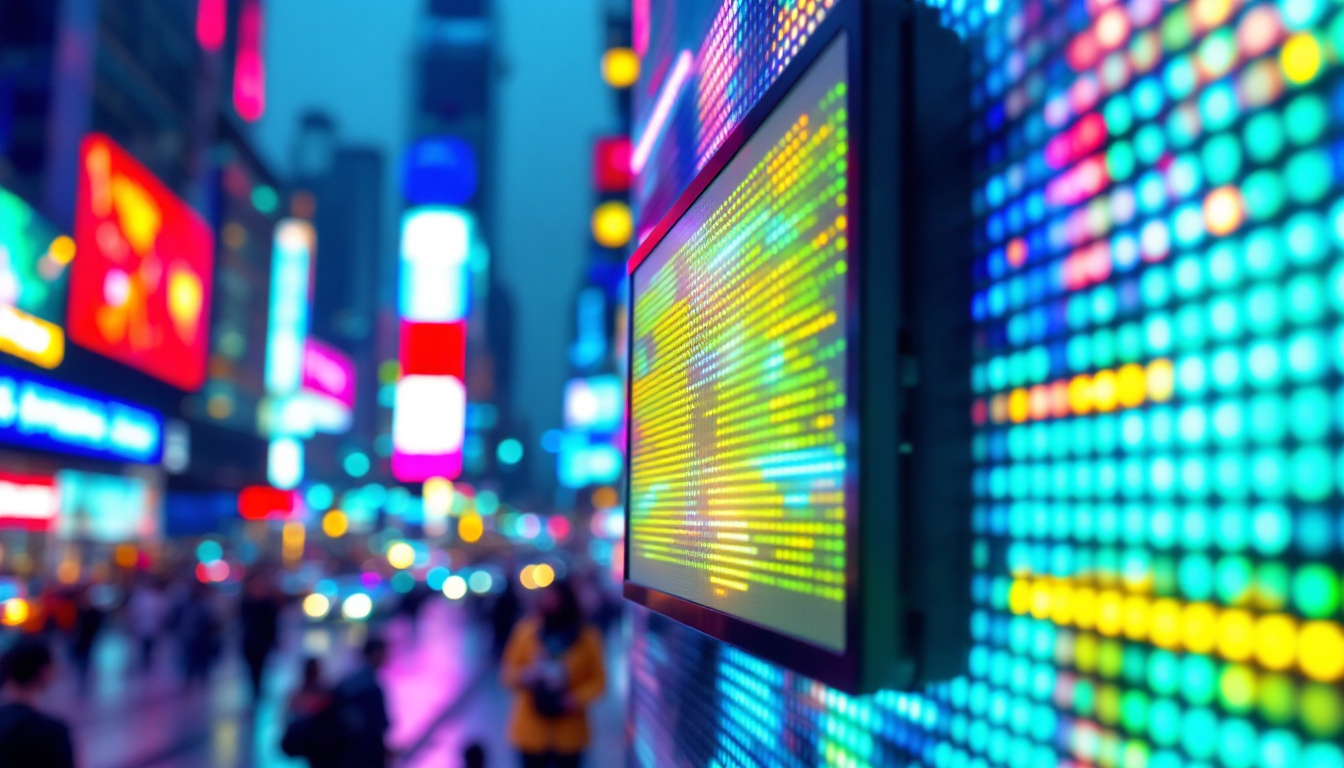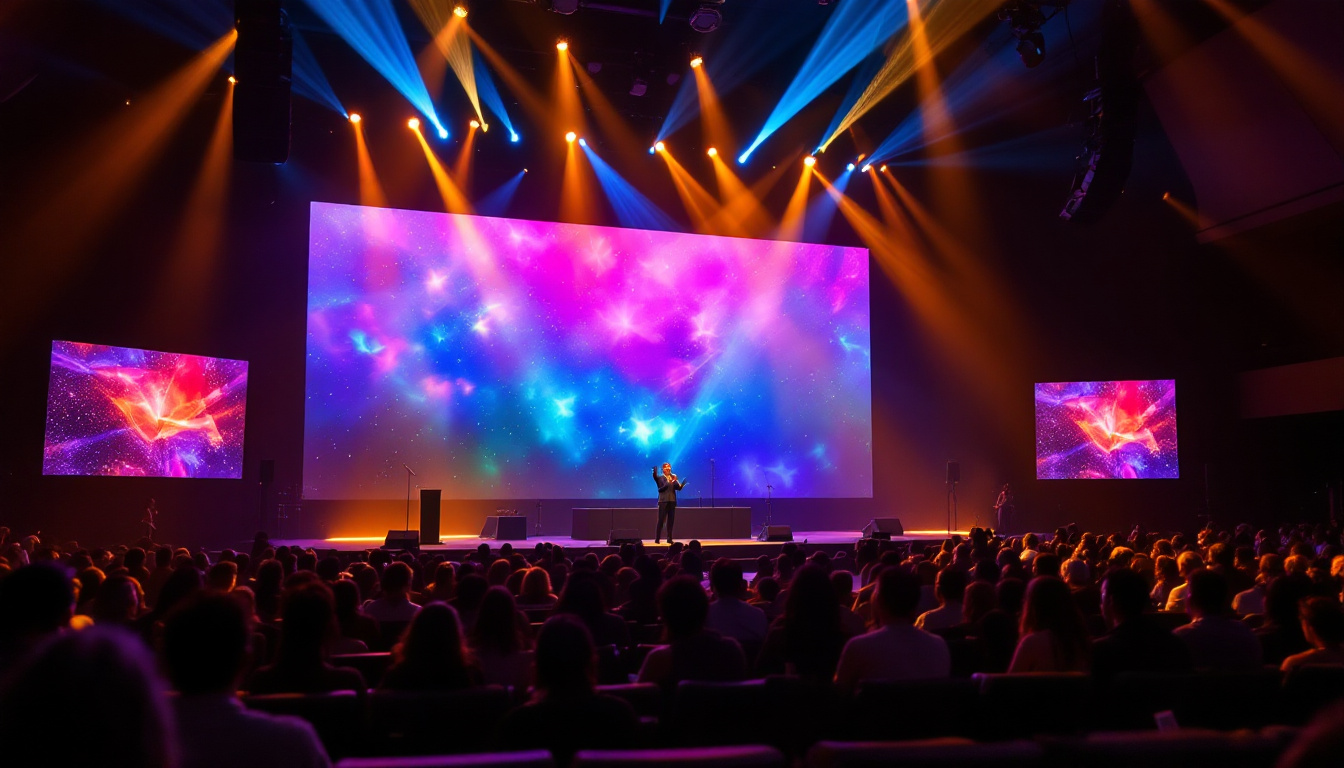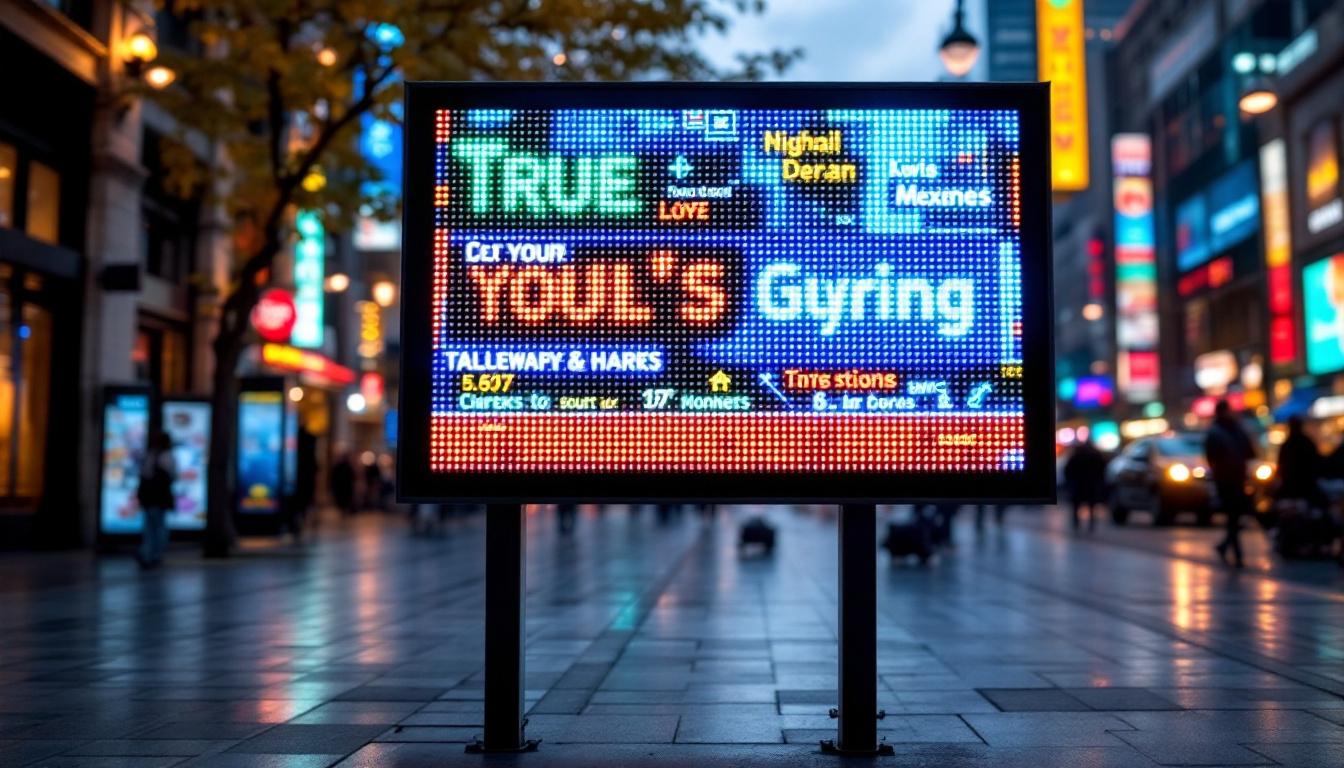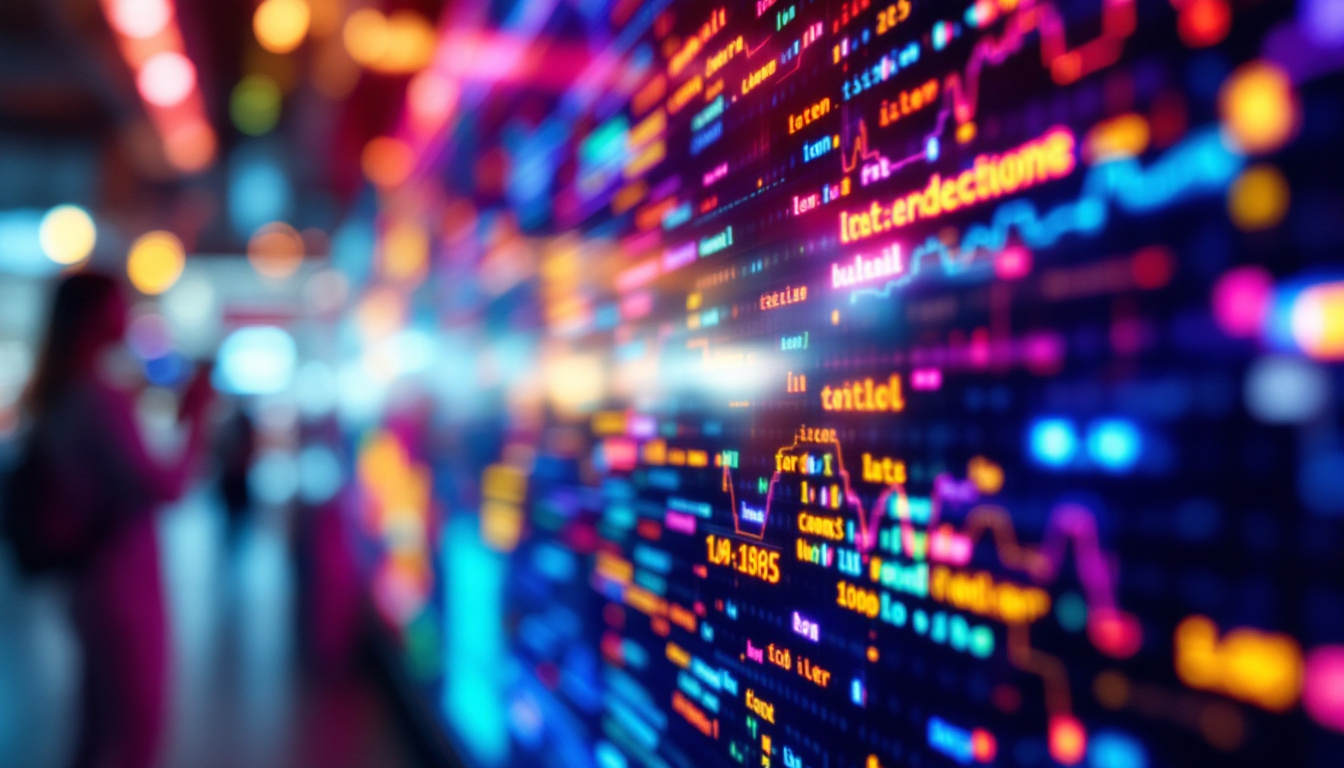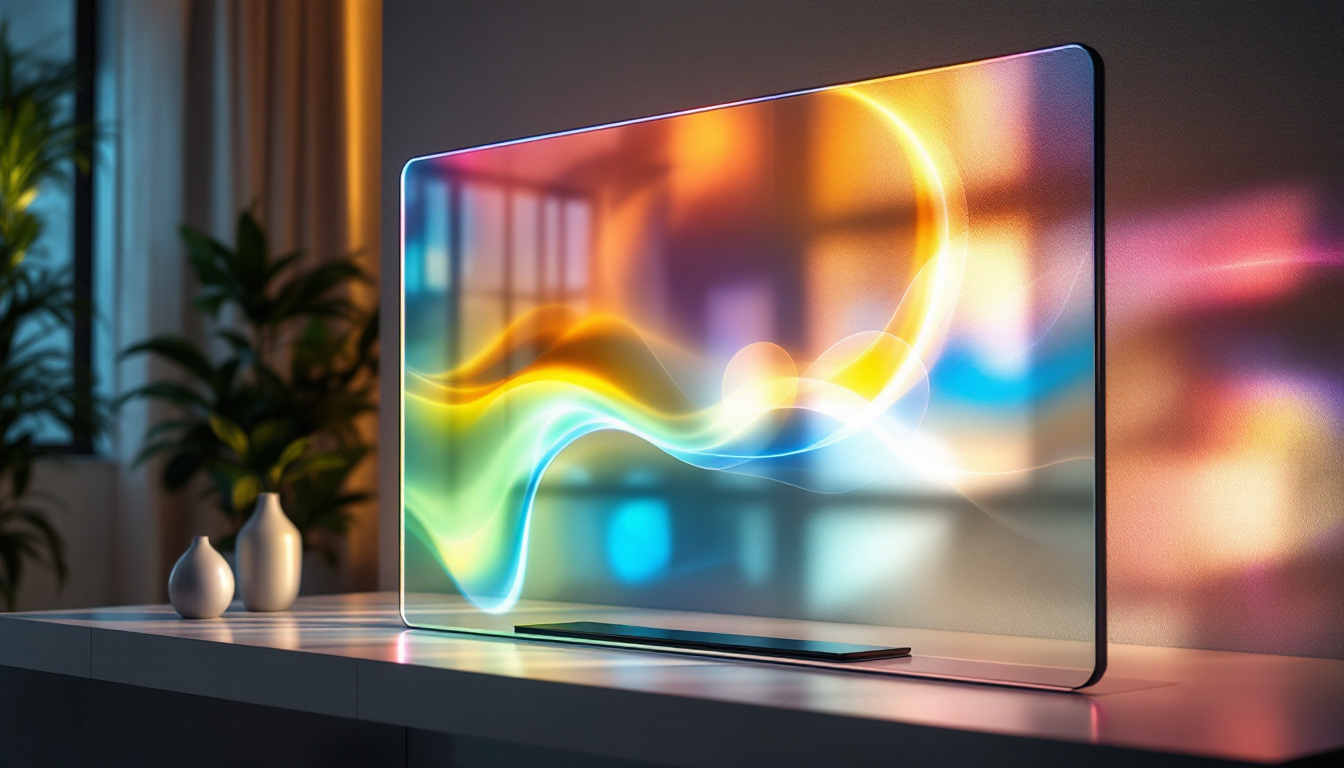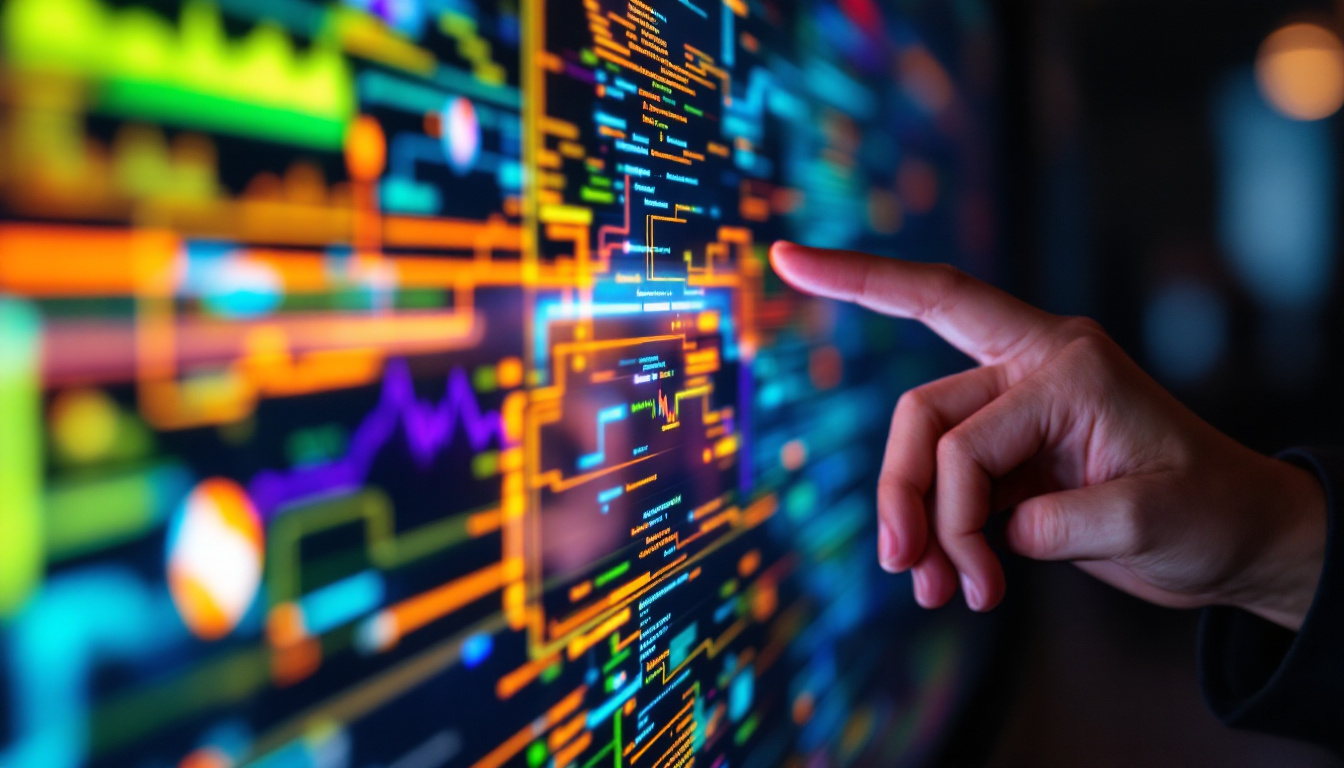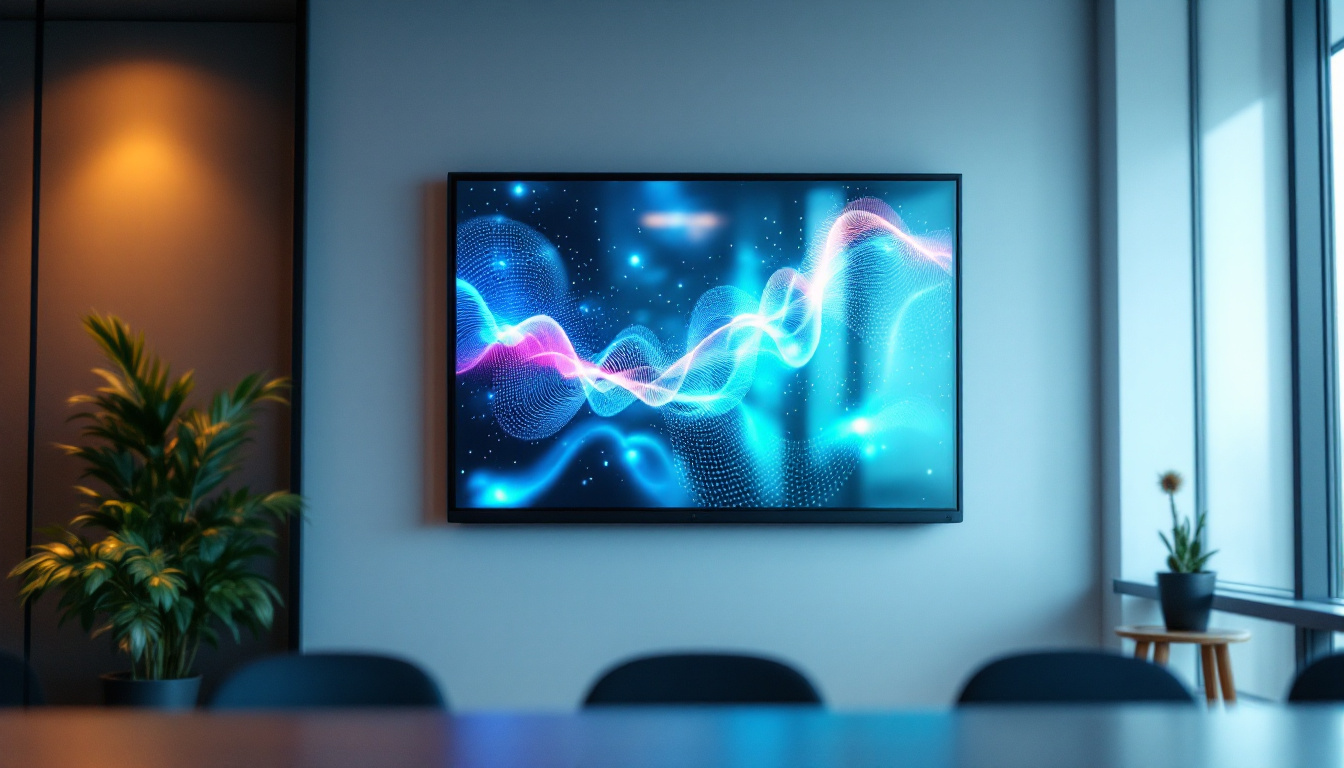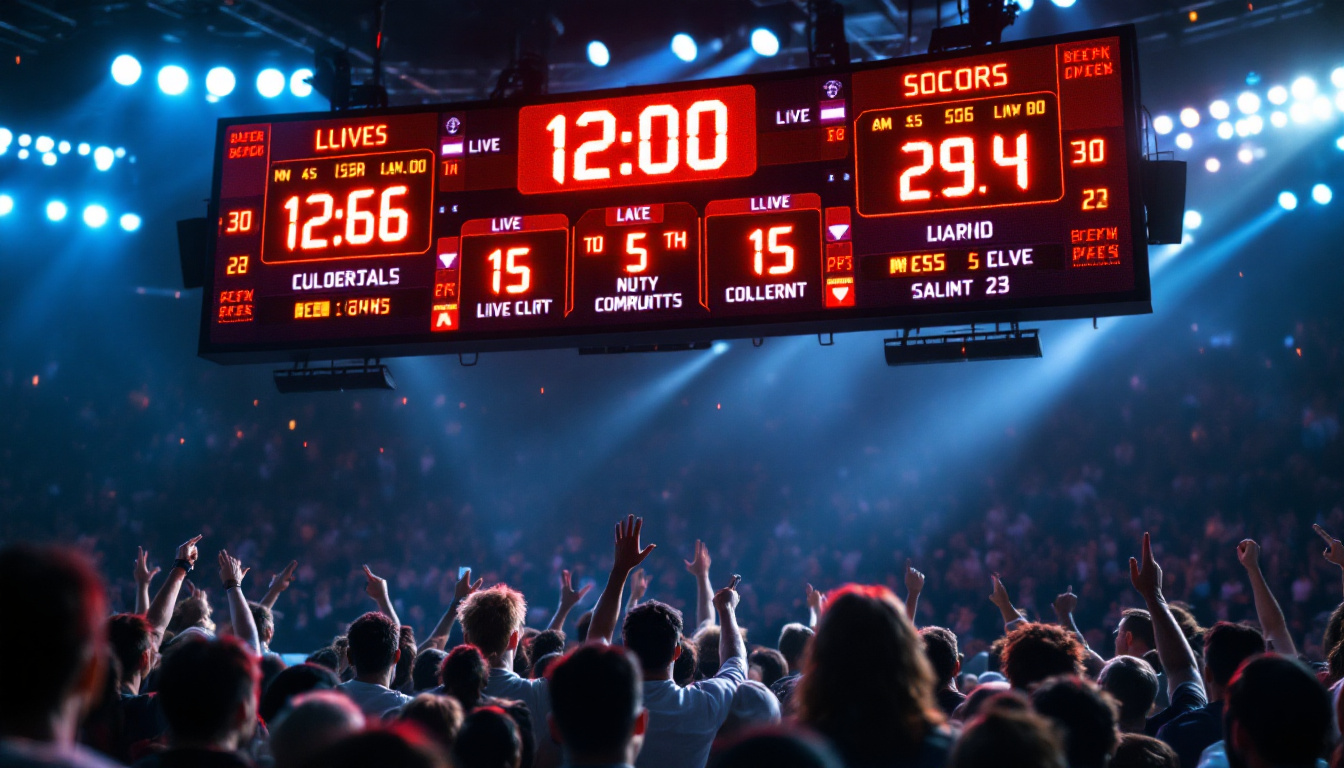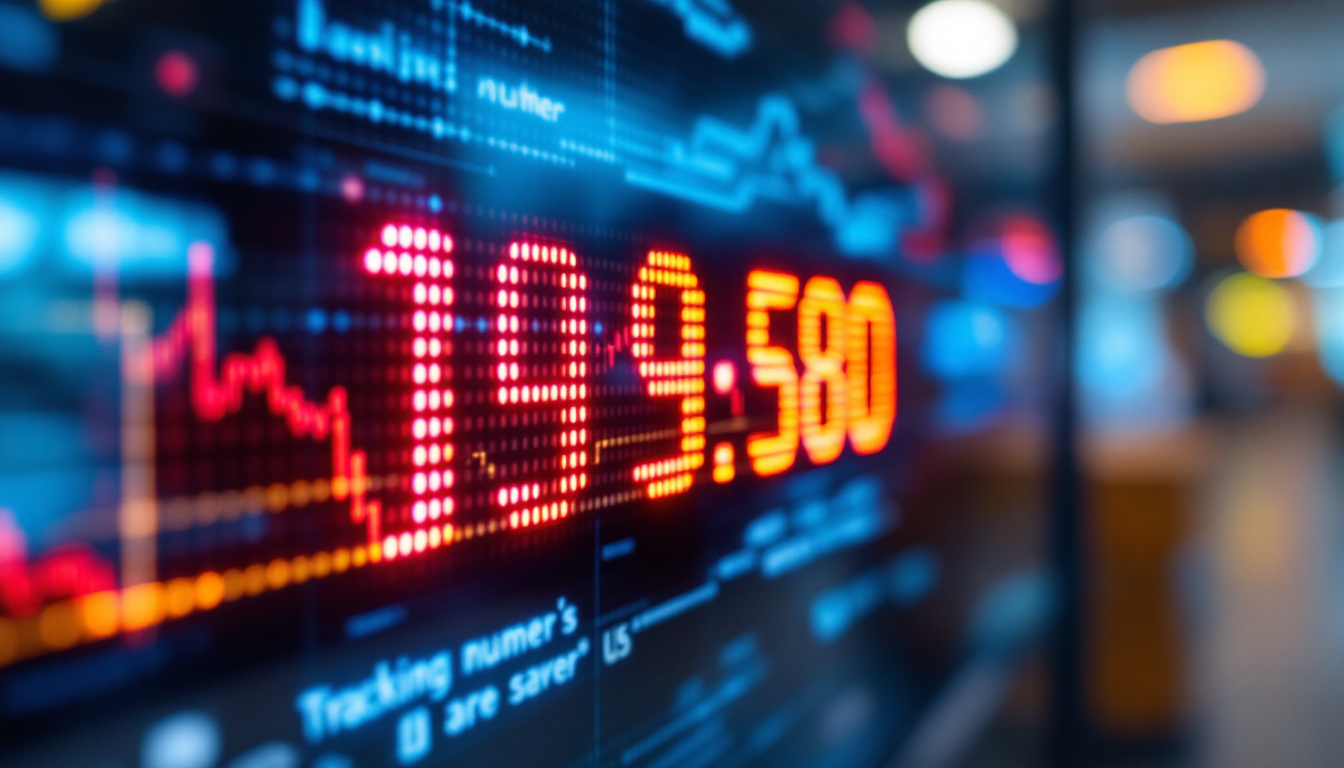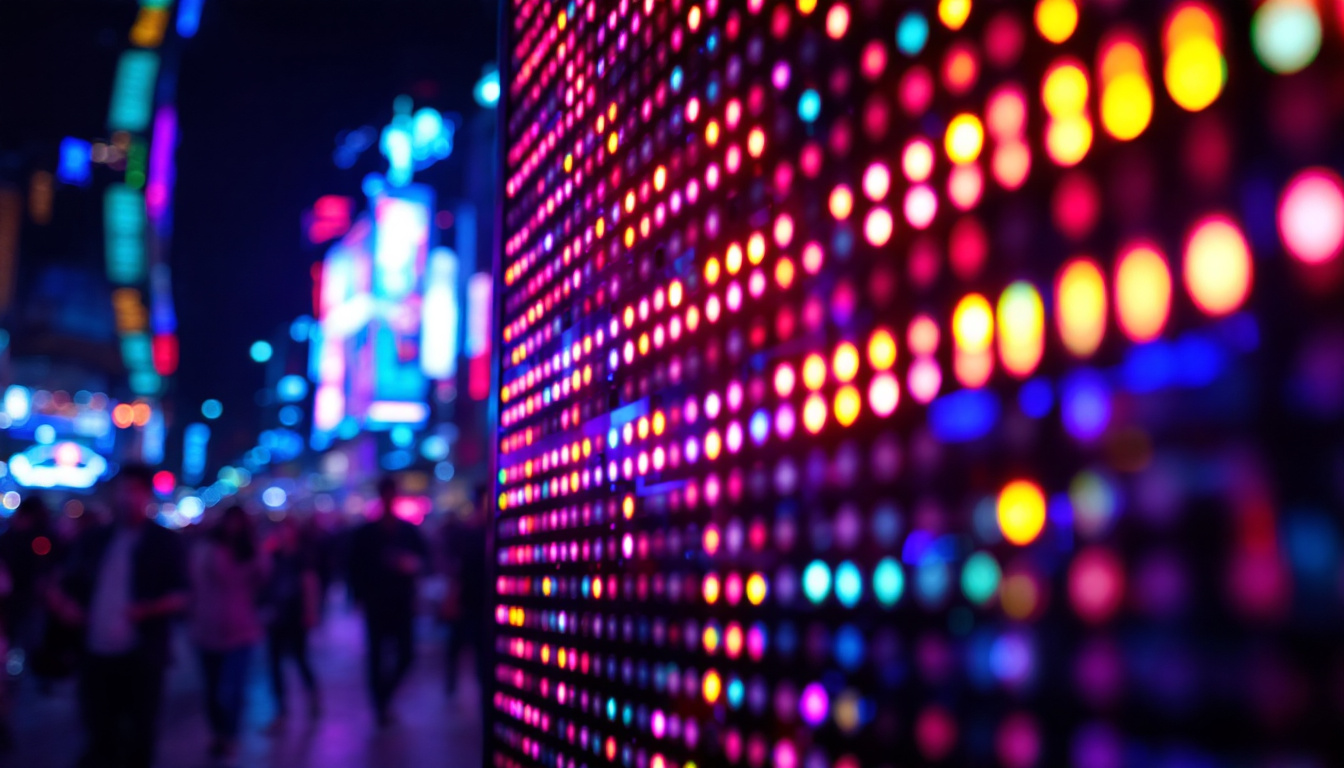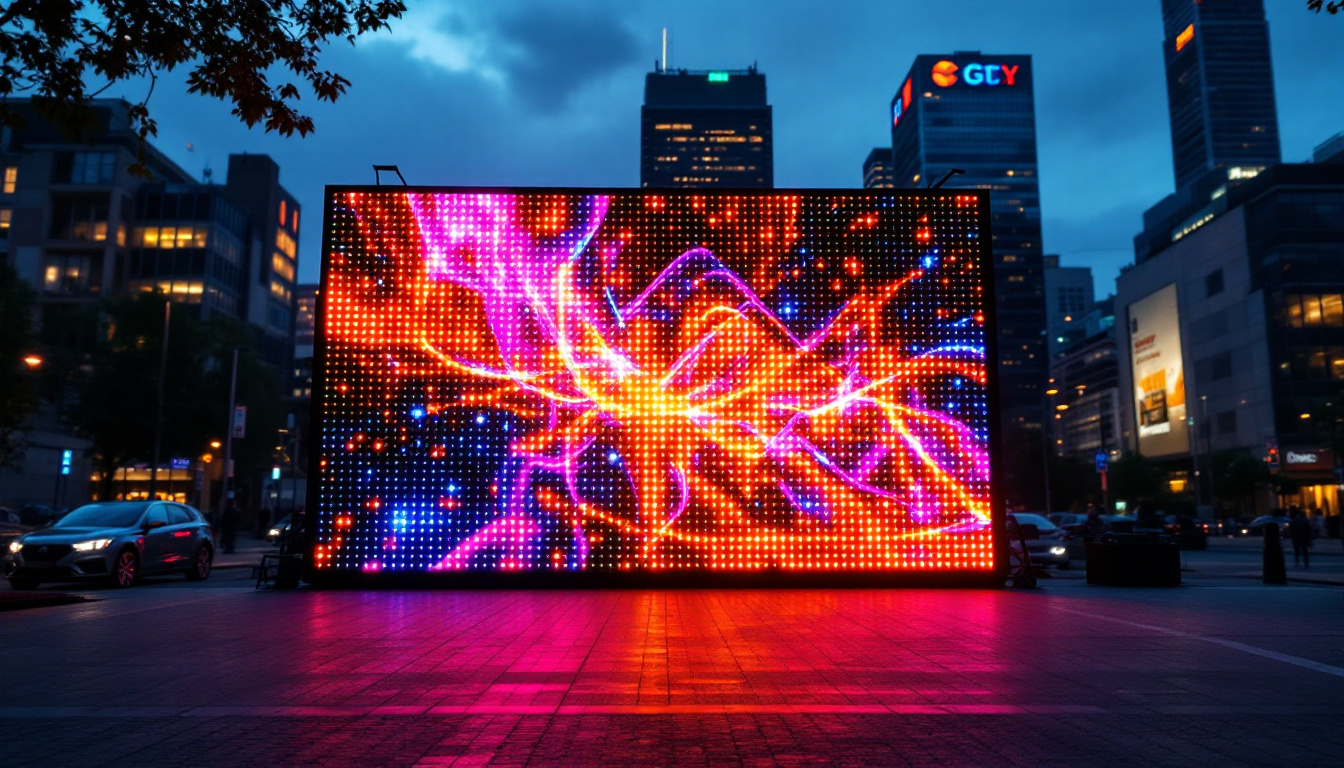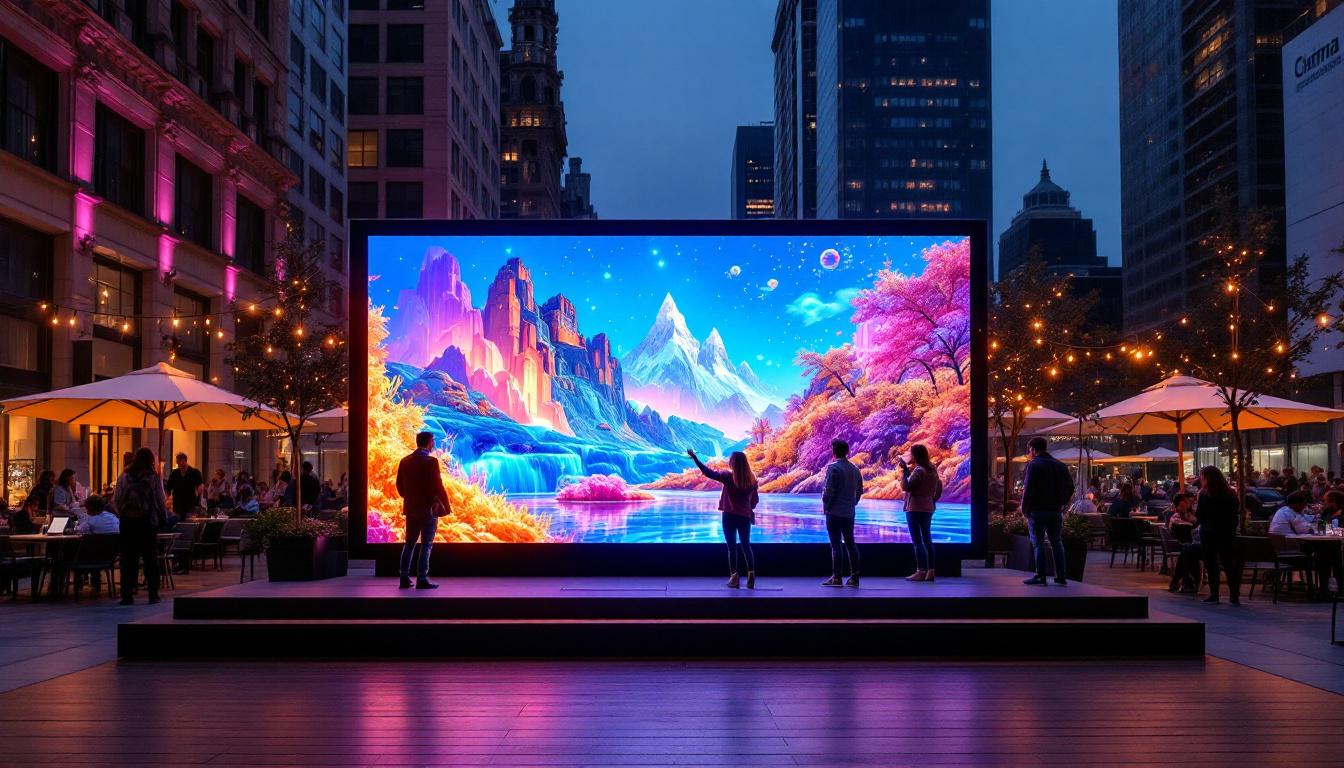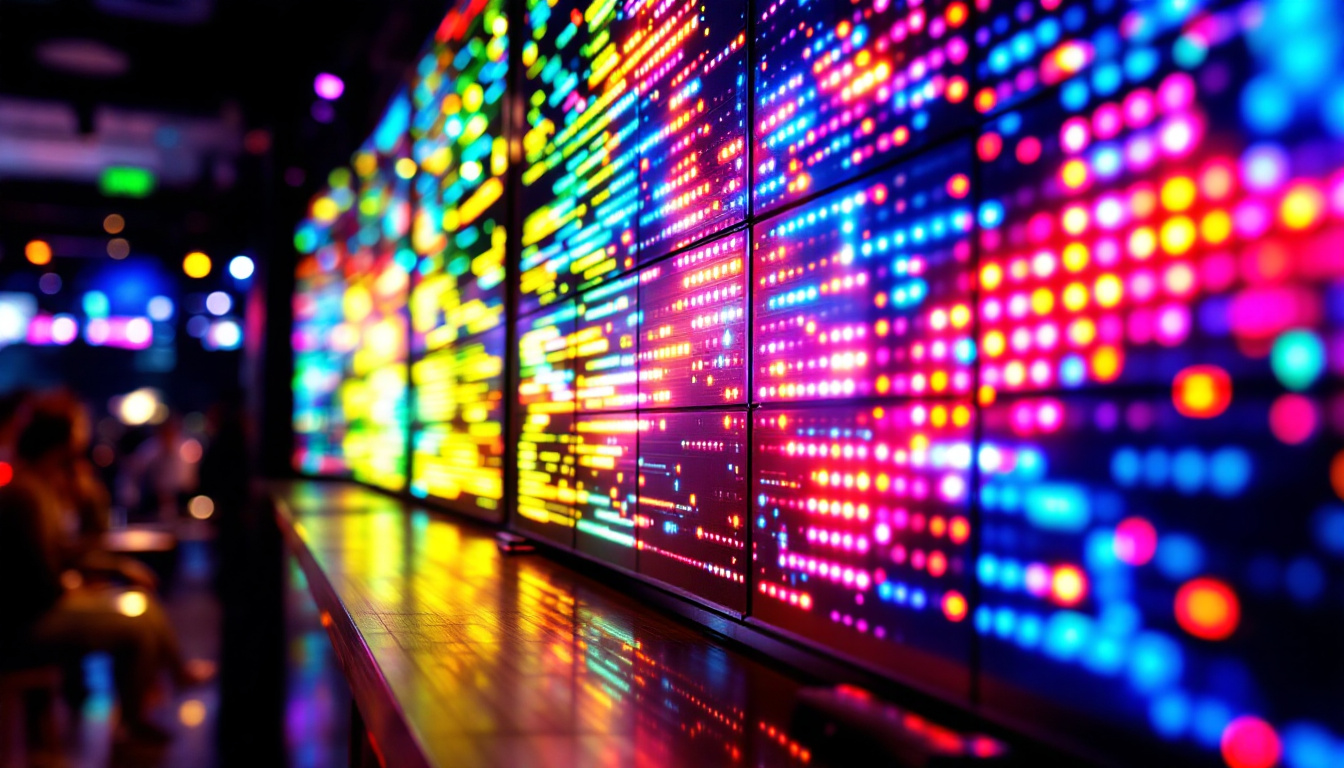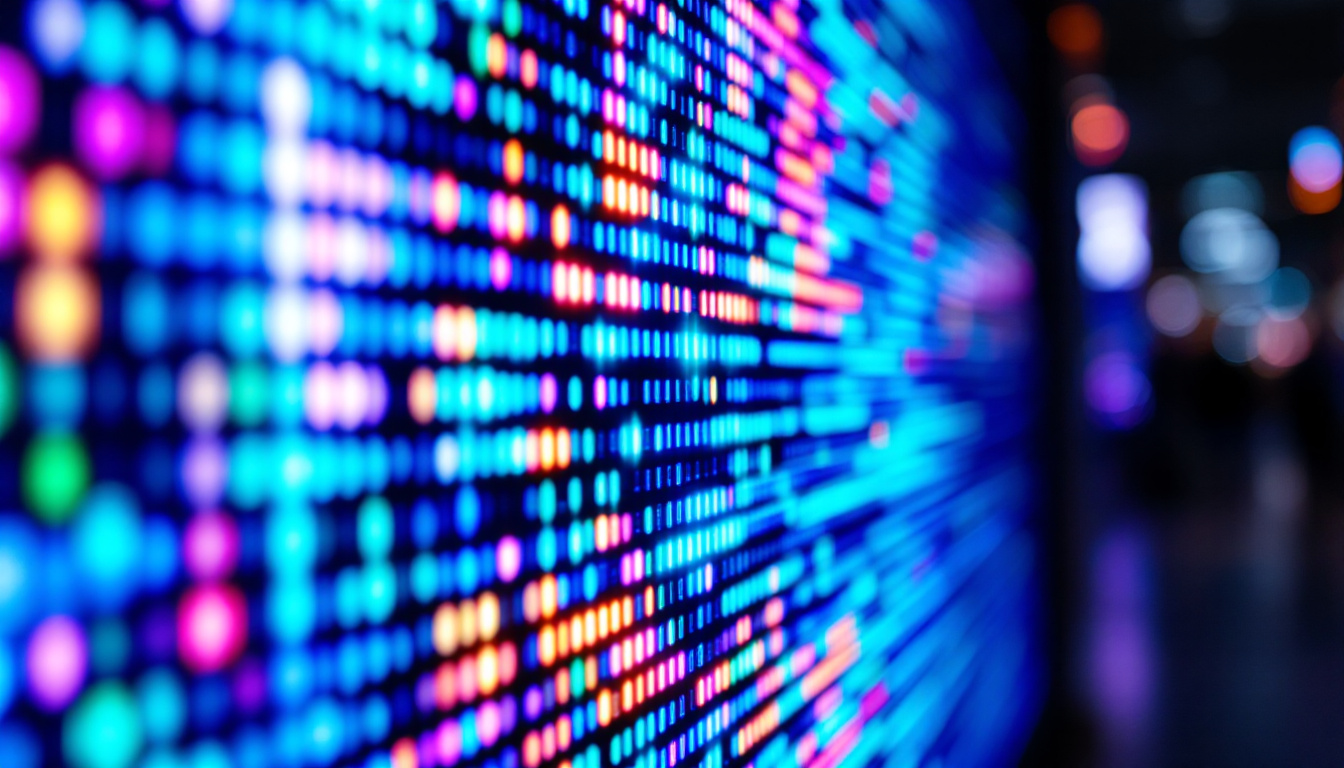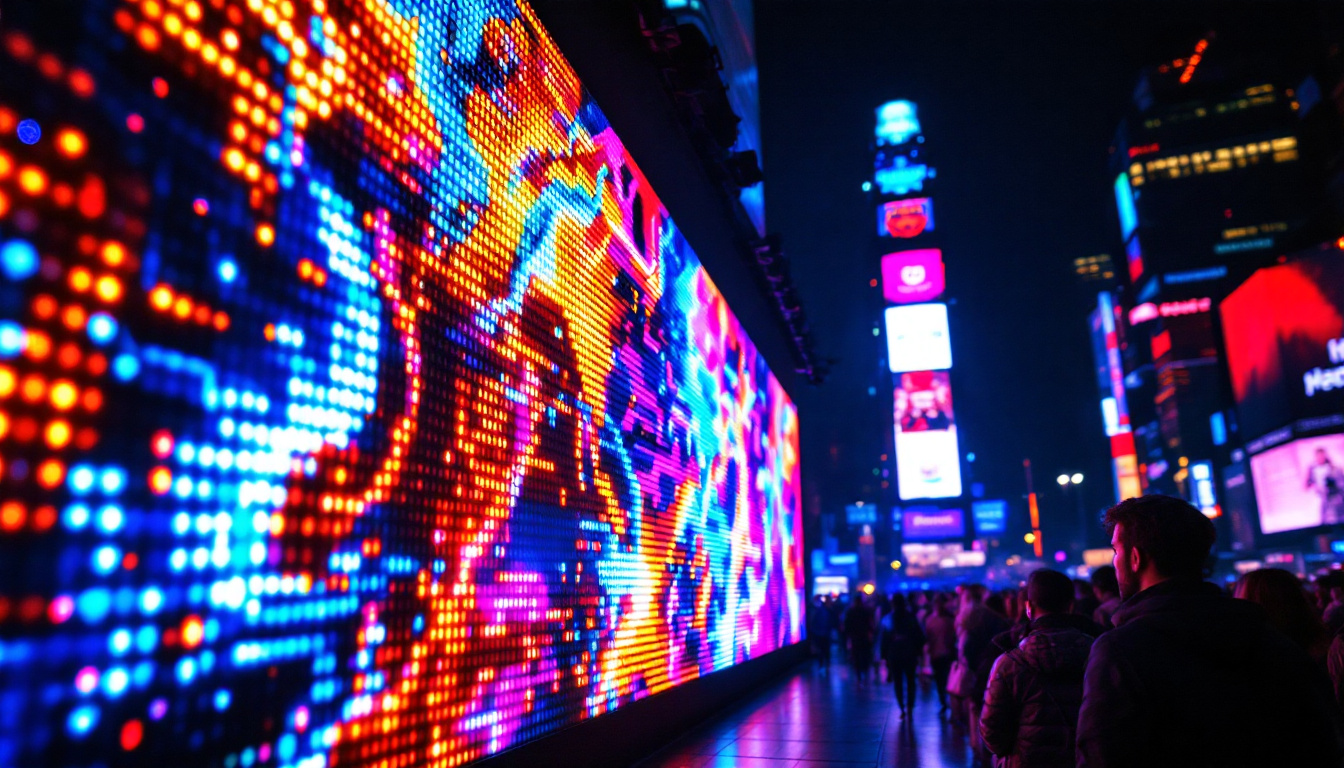In the rapidly evolving world of technology, LED displays have emerged as a significant player in various industries. From advertising to entertainment and even in corporate settings, these displays offer unparalleled versatility and visual appeal. Venture Visionary Partners, a leading firm in the tech sector, has been at the forefront of this revolution, providing innovative solutions that leverage the power of LED technology. This article delves into the intricacies of LED displays, exploring their functionality, applications, and the future they promise.
Understanding LED Technology
Light Emitting Diodes (LEDs) are semiconductor devices that emit light when an electric current passes through them. Unlike traditional incandescent bulbs, LEDs are more energy-efficient and have a longer lifespan. This efficiency has made them the preferred choice for a wide range of applications, particularly in display technology.
The Basics of LED Displays
LED displays consist of numerous tiny LED bulbs arranged in a grid format. Each pixel in an LED display is made up of red, green, and blue (RGB) diodes, which combine to produce a full spectrum of colors. This capability allows for vibrant and dynamic visuals that can capture the attention of viewers effectively.
One of the key advantages of LED displays is their brightness. They can produce high levels of lumens, making them visible even in bright daylight. This characteristic is particularly beneficial for outdoor advertising and large venue displays, where visibility is crucial. Additionally, LED technology allows for rapid refresh rates, which means that moving images and videos appear smooth and fluid, enhancing the overall viewing experience. This is especially important in environments such as sports arenas or concert venues, where dynamic content is frequently displayed.
Types of LED Displays
There are several types of LED displays, each designed for specific applications. The most common types include:
- Direct View LED Displays: These are large screens made up of individual LED modules that can be used for both indoor and outdoor applications.
- LED Video Walls: Comprising multiple LED panels, these walls create a seamless display for events, concerts, and exhibitions.
- Transparent LED Displays: These innovative displays allow for visibility through the screen, making them ideal for retail environments where products need to be showcased alongside advertisements.
In addition to these common types, there are also specialized LED displays designed for niche markets. For example, flexible LED displays can be bent and shaped to fit unique architectural designs, allowing for creative installations that enhance the aesthetic of a space. Furthermore, high-definition LED displays are increasingly being used in broadcasting and film production, where color accuracy and detail are paramount. These advancements in LED technology not only improve visual quality but also expand the possibilities for creative expression in various fields.
Applications of LED Displays
The versatility of LED displays has led to their widespread adoption across various sectors. Below are some of the most notable applications.
Advertising and Marketing
One of the most prominent uses of LED displays is in advertising. Billboards and digital signage equipped with LED technology can attract attention with vibrant colors and dynamic content. Businesses can easily update their advertisements in real-time, allowing for promotions that can adapt to changing circumstances.
Moreover, the ability to display video content makes LED displays an effective medium for storytelling, enhancing brand engagement and customer interaction. This adaptability not only allows for targeted advertising but also enables businesses to engage in time-sensitive campaigns, such as flash sales or event promotions, maximizing their marketing impact.
In addition, LED displays can be integrated with social media feeds, allowing brands to showcase user-generated content and live interactions, further fostering a sense of community and connection with their audience. This interactive element transforms passive viewers into active participants, creating memorable experiences that can significantly boost brand loyalty.
Entertainment and Events
In the entertainment industry, LED displays are ubiquitous. Concerts, festivals, and sporting events utilize large LED screens to provide audiences with immersive experiences. The high resolution and brightness of these displays ensure that every seat in the venue has a clear view of the action.
Additionally, LED technology is also used in theaters and cinemas, where it enhances the visual experience with vibrant colors and sharp images, making films more engaging. The integration of LED displays in stage productions allows for dynamic backdrops that can change in real-time, adding depth and context to performances. This versatility enables directors and artists to push the boundaries of creativity, transforming traditional storytelling into a multi-sensory experience.
Furthermore, LED displays are increasingly being used in theme parks and attractions, where they contribute to immersive environments that captivate visitors. From animated displays that bring characters to life to interactive installations that encourage guest participation, LED technology plays a crucial role in enhancing the overall entertainment experience.
Corporate and Educational Use
LED displays are increasingly being adopted in corporate environments for presentations and meetings. Their ability to display high-quality visuals makes them ideal for conveying complex information effectively. In educational settings, these displays can enhance learning experiences, allowing for interactive lessons and presentations that capture students’ attention.
Furthermore, many organizations are using LED displays for internal communications, displaying important announcements and updates in real-time. This capability is particularly beneficial in large corporations where information dissemination can be challenging. Digital boards can serve as central hubs for news, schedules, and employee recognition, fostering a more informed and engaged workforce.
In addition to enhancing communication, LED displays in educational institutions can facilitate collaborative learning. By allowing multiple users to interact with the display simultaneously, students can engage in group projects or brainstorming sessions, promoting teamwork and critical thinking skills. This interactive approach not only makes learning more enjoyable but also prepares students for the collaborative nature of the modern workplace.
The Benefits of LED Displays
Investing in LED display technology offers numerous benefits that can significantly impact business operations and marketing strategies.
Energy Efficiency
One of the most compelling advantages of LED displays is their energy efficiency. Compared to traditional lighting technologies, LEDs consume significantly less power, which translates to lower electricity bills. This efficiency not only benefits the environment but also enhances the sustainability of businesses that choose to adopt this technology.
Longevity and Durability
LED displays are designed to last. With a lifespan of up to 100,000 hours, they require less frequent replacements than traditional displays. This durability makes them a cost-effective solution in the long run, as businesses can save on maintenance and replacement costs.
Versatility and Customization
LED displays come in various sizes and configurations, allowing for customization to meet specific needs. Whether a business requires a large outdoor billboard or a compact indoor display, LED technology can be tailored to fit any requirement. This versatility makes them suitable for a wide range of applications, from advertising to information dissemination.
Challenges and Considerations
While LED displays offer numerous benefits, there are challenges and considerations that businesses must keep in mind when implementing this technology.
Initial Investment Costs
The initial cost of purchasing and installing LED displays can be significant. Businesses must consider their budget and the potential return on investment (ROI) when deciding to invest in this technology. While LED displays can save money in the long run, the upfront costs can be a barrier for some organizations.
Technical Expertise
Implementing LED display technology may require specialized technical expertise. Businesses may need to hire professionals for installation, maintenance, and content management. Ensuring that staff are adequately trained to operate and maintain the displays is crucial for maximizing their effectiveness.
Content Management
Creating and managing content for LED displays can be a complex task. Businesses must develop engaging and relevant content that resonates with their target audience. Additionally, keeping the content fresh and updated is essential for maintaining viewer interest and engagement.
The Future of LED Displays
The future of LED displays looks promising, with ongoing advancements in technology and design. As the demand for high-quality visual experiences continues to grow, the LED display market is expected to expand significantly.
Advancements in Technology
Innovations in LED technology are paving the way for even more advanced displays. Developments such as MicroLED and MiniLED are set to revolutionize the industry, offering higher resolutions and better color accuracy. These advancements will enable businesses to create even more captivating visual experiences for their audiences.
Integration with Smart Technology
As smart technology continues to evolve, LED displays are likely to become increasingly integrated with other smart devices. This integration will allow for more interactive and engaging experiences, enabling businesses to connect with their audiences in real-time through data-driven content.
Sustainability Initiatives
With a growing focus on sustainability, the LED display industry is likely to see more initiatives aimed at reducing environmental impact. This could include the development of recyclable materials for display components and energy-efficient manufacturing processes. Businesses that prioritize sustainability will find LED displays to be an attractive option.
Conclusion
LED displays have transformed the way businesses communicate and engage with their audiences. With their vibrant visuals, energy efficiency, and versatility, they offer a powerful tool for advertising, entertainment, and information dissemination. While there are challenges to consider, the benefits of LED technology far outweigh the drawbacks.
As the industry continues to evolve, Venture Visionary Partners remains committed to providing innovative LED display solutions that meet the diverse needs of businesses. By embracing this technology, organizations can enhance their visibility, improve customer engagement, and ultimately drive growth in an increasingly competitive landscape.
In summary, LED displays are not just a trend; they are a fundamental shift in how visual communication is approached. As technology advances and becomes more integrated into everyday life, the potential for LED displays will only continue to grow, making them an essential component of modern business strategy.
Discover LumenMatrix LED Display Solutions
Ready to elevate your visual communication strategy with cutting-edge LED technology? LumenMatrix is here to guide you through a world of vibrant visuals and dynamic digital signage. From Indoor and Outdoor LED Wall Displays to innovative solutions like Vehicle LED Displays and LED Transparent Displays, our mission is to revolutionize your brand’s presence. Don’t miss the opportunity to captivate your audience and enhance engagement. Check out LumenMatrix LED Display Solutions today and transform your visual messaging with clarity and impact.

